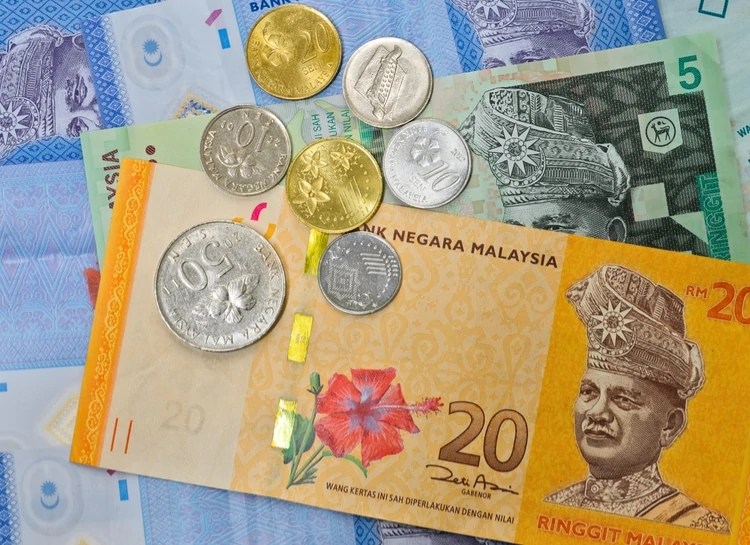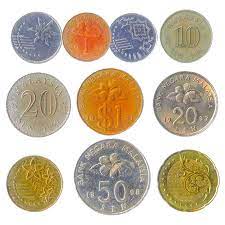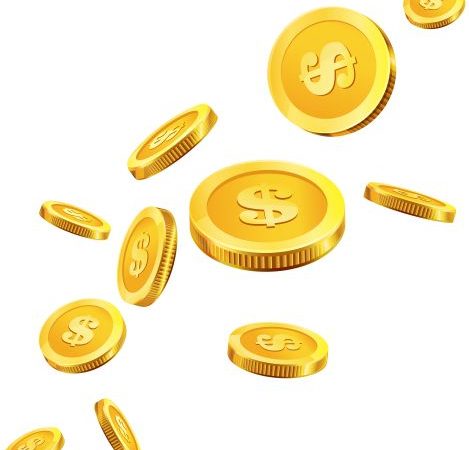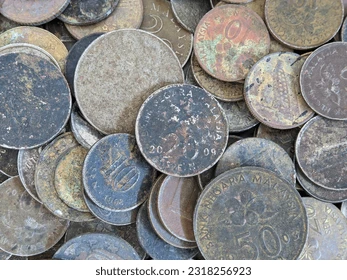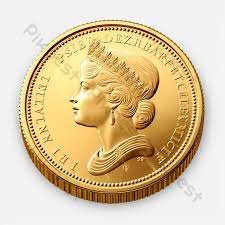The national currency of Malaysia is the ringgit, which is divided into 100 Sen. Since 1967, the only issuing center has been the Central Bank of Malaysia (Bank Negara Malaysia), established in 1959 on the basis of the colonial Malaya and British Borneo Monetary Authority. Malaysian banknotes have been produced at the Mint of the National Bank of Malaysia in Shah Allam since 1967.
The original symbol of the ringgit was the “$” sign or the abbreviation “M$”. In 1992, the official abbreviation for the Malaysian ringgit, “RM”, was approved. However, the abbreviation “MYR” (where MY is the code for Malaysia) is better known internationally. Currently (August 2021), the exchange rate of the Malaysian ringgit to the Russian ruble is 1:17.3.
Malaysian money history
The name of the monetary unit “ringgit” is translated from Malay as “jagged”, “ribbed”. In the 18th – early 20th centuries, the population of the Malay Archipelago and nearby territories called ringgit any large European-type silver coin with a ribbed edge, for example, the Spanish dollar (8 realis).
Spanish dollar (8 realis) 1798, aka “ringgit cannon”
In the XVI century, the territory of Malaysia fell under the rule of European colonizers. At first it was the Portuguese, then the Dutch, in 1874 the power of the British crown was established on the land of the Malays. The reason for such “attention” on the part of Europeans to Malaysia was its strategic position on the shores of the Strait of Malacca.
In addition, the colonialists established rubber production and tin mining on the land of the Malays. At the last stage of the colonial period and in the first decade of independence, the currency circulating in Malaysia was the dollar of Malaya and British Borneo.
1 dollar 1959 Malaya and British Borneo
In 1957, the Malaysian Declaration of Independence from Great Britain was proclaimed. In 1963, the Federation of Malaysia (now Malaysia) was created – a federal constitutional elective monarchy. It replaced the colonial currency at face value.
Despite the different diameters, all these coins were minted with almost identical obverse and reverse designs. The front side of the coins depicted the Houses of Parliament, as well as a star and moon, borrowed from the Malaysian flag.
1 ringgit 1971 cupronickel
The second series of coins was released at the end of 1989 with a new design. Among the design features are the image of traditional ethnic Malay artifacts on the reverse, as well as the image of a hibiscus, the national flower of Malaysia, in the upper part of the obverse. This coin series was designed by artist Low Yi Kheng.
1 ringgit 1989 aluminum bronze
In 2005, the 1 ringgit coin was withdrawn from circulation. Since April 1, 2008 in Malaysia there is a mechanism for rounding prices to the next 5 Sep. This was a measure to rid the circulation of money from coins 1 Sep. Coins of this denomination are still in circulation and are still accepted as legal tender for payments up to RM2.
The Central Bank of Malaysia first issued Malaysian ringgit banknotes in June 1967 with the following range of denominations: 1 ringgit, 5 ringgit, 10 ringgit, 50 ringgit and 100 ringgit, and on September 2, 1968, a 1000 ringgit note appeared.
5 ringgit 1976
In 1982 and 1996, the second and third series of Malaysian banknotes were issued. On the front side of the banknotes of all series and denominations there is a portrait of the first Yang di-Pertain Aging – the elected supreme ruler (king) of Malaysia Tulku Abdul Rahman (full name – Paduka Sri Tanka Abdul Rahman binit Al-Mar hum Tulku Muhammad). Abdul Rahman was the supreme ruler of Malaysia from 1957-1960.
Coins of Malaysia
Currently, Malaysian money circulation is provided by coins of the third series, which appeared in circulation in 2011-2012. The coin series of the third series includes denominations: 5 Sen, 10 Sen, 20 Sen and 50 Sen. The coins of the first two denominations are made of stainless steel. The 20 Sen are made of nickel brass and the 50 Sen are copper clad with nickel brass.
Malaysian circulating coins 2016-2017
The obverse of coins of all denominations is almost identical – the designation of the denomination, the hibiscus flower and the name of the issuing center – “BANK NEGARA MALAYSIA”. A mandatory element of the reverse of all denominations are 14 dots crossed by five lines.
The dots symbolize the 13 subjects of the Federation and the federal government, and the lines symbolize 5 national principles (Rukunegar’s ideology): faith in God and religious tolerance, devotion to the king and the state, respect for the Constitution, observance of laws, observance of moral standards and correct behavior.
Each denomination has one distinctive reverse design element: 5 Sen – pea tendrils and a national pattern from the fabric of the Kanaan-Dusun tribe, 10 Sen – a pattern of wickerwork of the Mahi Meri tribe, 20 Sen – jasmine flowers against the background of a traditional headband motif.
50 Sen – motif pea shoot, often used in Malaysian jewelry. The coin of the higher denomination has a protective element similar to our ten-ruble notes: when the angle of inclination changes, the denomination or the designation of the monetary unit is visible.

